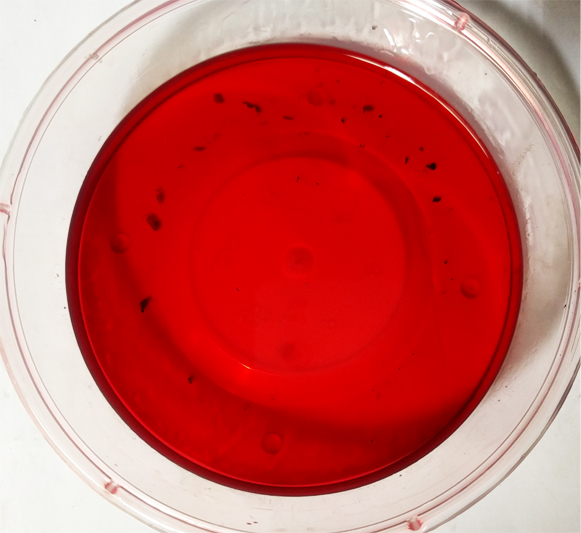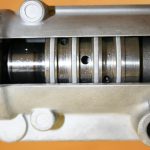The necessity to flush the hydraulic steering system has been talked about for many years, but do enough technicians know why this is so important and how to do so effectively?
Steering components deteriorate over time, and we are not just talking about the rack and pump. A leading cause of malfunctioning units is hose residue in the system. Hoses don’t just ‘up and break’, they deteriorate, they rot, they break away and cause rubber residue. In turn, these pieces pass through the system to plug up or gum up the valves and orifices in the rack and pump units, causing operational issues or failure.
Since hoses deteriorate from the inside- out, it is sometimes difficult to tell if they are failing just by carrying out a visual inspection. If the hose feels stiff, hard or spongy, replace all hoses in the system. Here’s why: the hoses are all made from a similar compound, so if one hose is in poor condition or rotten, it is a sure sign that they are all heading in that direction.

How to flush a system
- Refer to the owner’s manual or manufacturer’s specifications to determine the correct fluid to be used in the power steering system and only use the recommended fluid, as the incorrect type will not lubricate the units and cause failure.
- With the rack and pinion hoses disconnected, place the outlet hose from the power steering pump into a waste container.
- Fill the pump reservoir to maximum with fresh fluid.
- Start the engine.
- Continue filling the pump reservoir with fresh fluid until the fluid coming from the pump outlet is running clean. Do not run the pump dry (without fluid).
- Stop the engine.
- Reconnect the lines to the rack.
- With no load on the front axle (wheels raised off the ground) perform two slow steering wheel turns from lock to lock.
- Refill the pump reservoir to maximum level.
- Start the engine and make sure that the pump reservoir always contains fluid to prevent air being sucked into the system.
- Perform several slow steering wheel turns lock to lock to remove any trapped air in the system.
- Perform a visual inspection of the complete steering system and check for leaks.
- Switch off the engine and check how far the fluid rises in the pump reservoir.
- If the fluid rises more than approximately 5mm in the reservoir, repeat the bleeding process.
Some pumps can be difficult to bleed. Air gets trapped in the system, resulting in a growling noise from the pump. Make sure all fittings are air tight by loosening slightly and re-tightening to the manufacturer’s torque specification. In addition, some Ford and Ford-related vehicles have a filter in the reservoir that can get blocked with debris. This needs cleaning or replacing to stop the risk of fluid starvation.










